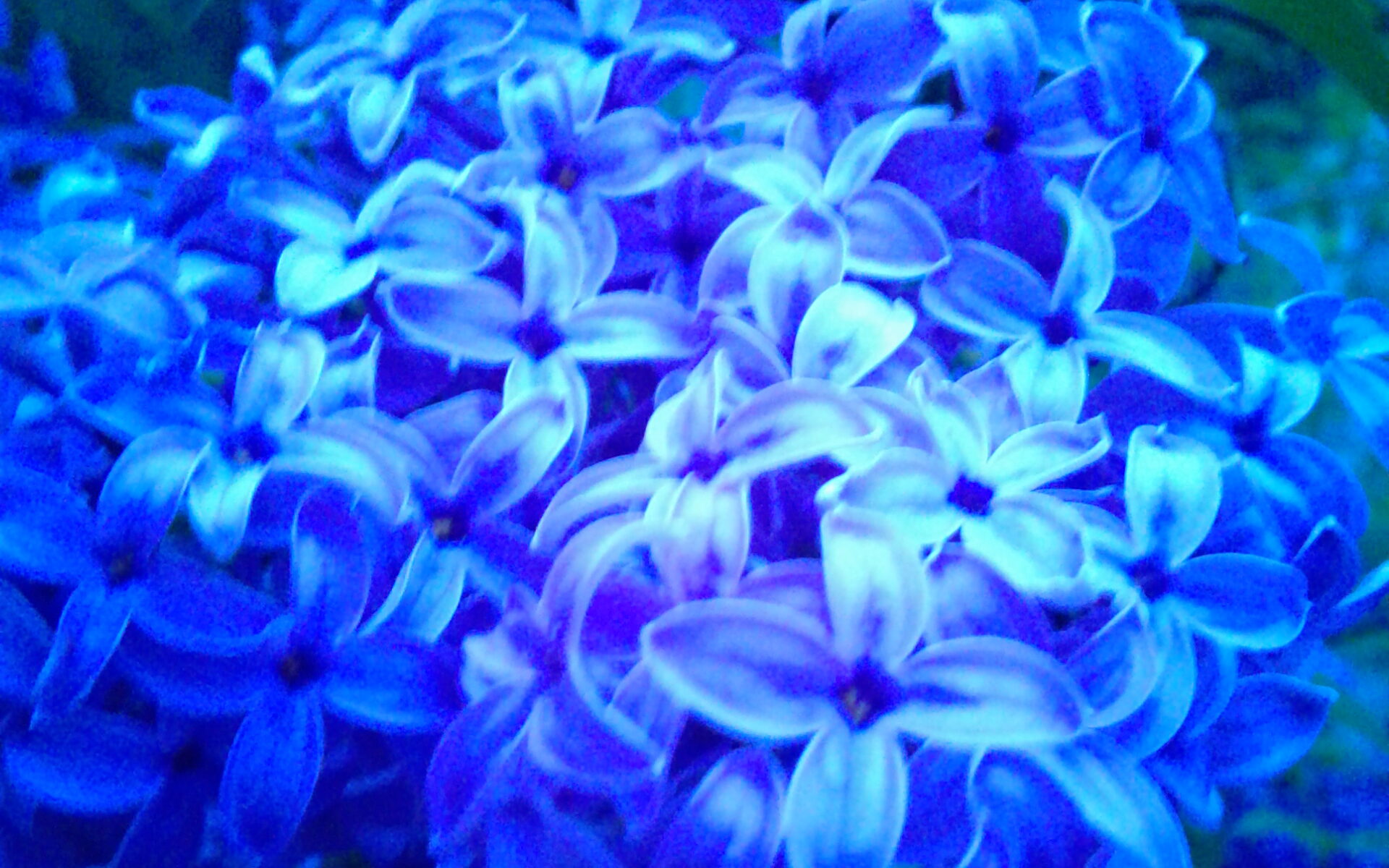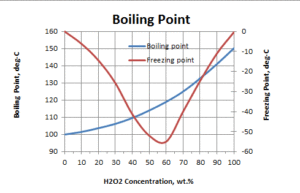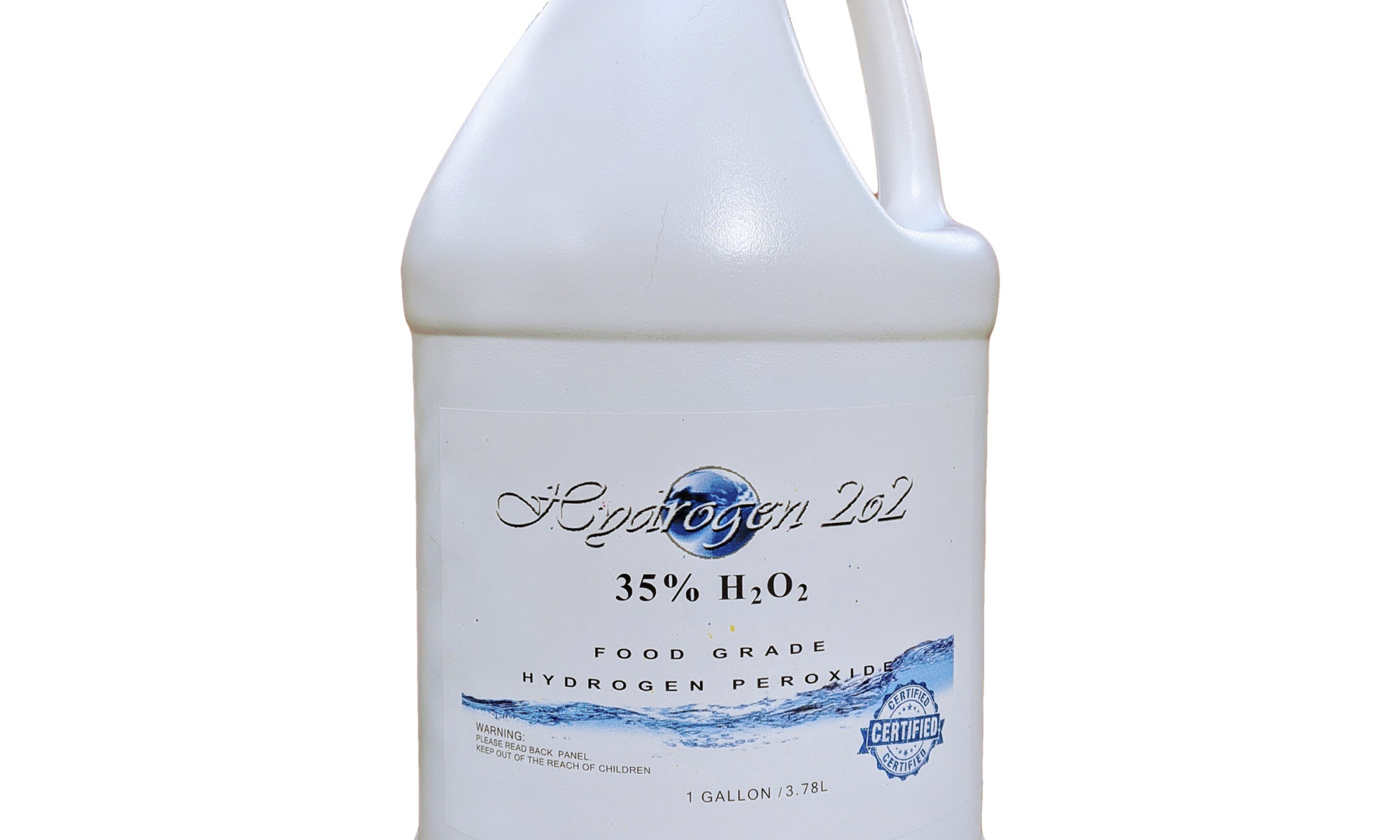Our products are not sold to treat, cure or prevent disease. The following information is from a doctor and is not advice or recommendation. The information is for informational purpose. This article posted with permission from Dr. Tamara Browne M.D. and must not be copied with out consent. All Rights Reserved.
Intravenous Hydrogen Peroxide (H2O2) is an oxidative and antimicrobial treatment which helps to eliminate pathogenic microorganisms from the body. It is particularly useful in cases of pneumonia, emphysema, bronchitis, and other lung infections.
It has also been successful in the treatment of: viral infections, yeast infections, bacterial infections, gangrene and diabetic skin ulcers, petrochemical toxicities, conditions of low tissue oxygenation, arterial plaque build-up (atherosclerosis), temporal arteritis, conditions of impaired metabolic rate, shingles, cancer and autoimmune diseases such as Lupus, scleroderma and MS.
A treatment of intravenous H2O2 consists of 250 ml D5W solution (5% Dextrose in sterile water) to which is added 2.5 ml pharmaceutical grade 3.0% Hydrogen Peroxide, and 1 ml magnesium sulfate (500mg). This is infused intravenously over 90 minutes. In acute infections this treatment should be done daily for 4-5 days (this may need repetition).
In more chronic conditions it is administered once or twice weekly for 10-20 treatments or until symptoms improve. Double treatments can be administered over three hours in severe conditions.
Hydrogen peroxide is part of normal metabolism. Your body produces it constantly to ward of infections and toxicities. There are units in certain white blood cells called “peroxisomes” which produce H2O2. When the invective disease becomes obvious to the person who has the infection, the H2O2 defense mechanism already has been overwhelmed by the number of microbes (bacteria, virus, yeast) involved. This is why intravenous H2O2 is so effective.
Conditions which can be treated with H2O2 include those conditions treated with antibiotics, but without the serious toxicity often associated with antibiotics. H2O2 has also been found to dissolve cholesterol and calcium deposits associated with atherosclerosis. Therefore, it is a good treatment for vascular disorders and can result in lessening or disappearance of angina, leg pain, and transient ischemic attacks of the brain. It also can help reverse some of the damage left over by a stroke if treatment is instituted early enough.
IV H2O2 is a wonderful complement to EDTA Chelation for improving circulation. IV H2O2 has a remarkable clearing effect on the skin. After only a few IV treatments the skin often takes on a translucent clarity. It has been shown to successfully clear eczema, psoriasis, and other skin lesions.
Why is IV Hydrogen peroxide not in use in “modern” medicine? The reason is simple. H2O2 is not patent-able since it is a natural substance. There is little profit to be made by its use in modern medicine. It is present throughout nature in the ocean, in rainwater, in plants, and in every cell in our body. Because it is produced in the body it is extremely safe to administer. Therefore, the treatment of IV H2O2 is considered alternative and experimental. This despite the fact that it has been safely used for over 100 years successfully. In fact a doctor used it during the influenza epidemic of World War I with great results and saved many lives.
To be safe, this treatment is not used in pregnancy, chronic granulomatous diseases, and hemolytic anemia. It may cause side-effects associated with any intravenous therapy such as vasculitis, infusion site pain, and bruising. It may also cause a Herxheimer reaction from dying microorganisms which may include flu-like symptoms, headache, fatigue, grouchiness, insomnia, nausea and muscle pains.
These symptoms are temporary and represent the body detoxifying and clearing infections and toxins.
Dr. Tamara Browne M.D. Dr. Tamara Browne at The Natural Family Health Clinic PO Box 479101-1040 Main Street Okanagan Falls BC, V0H 1R4




